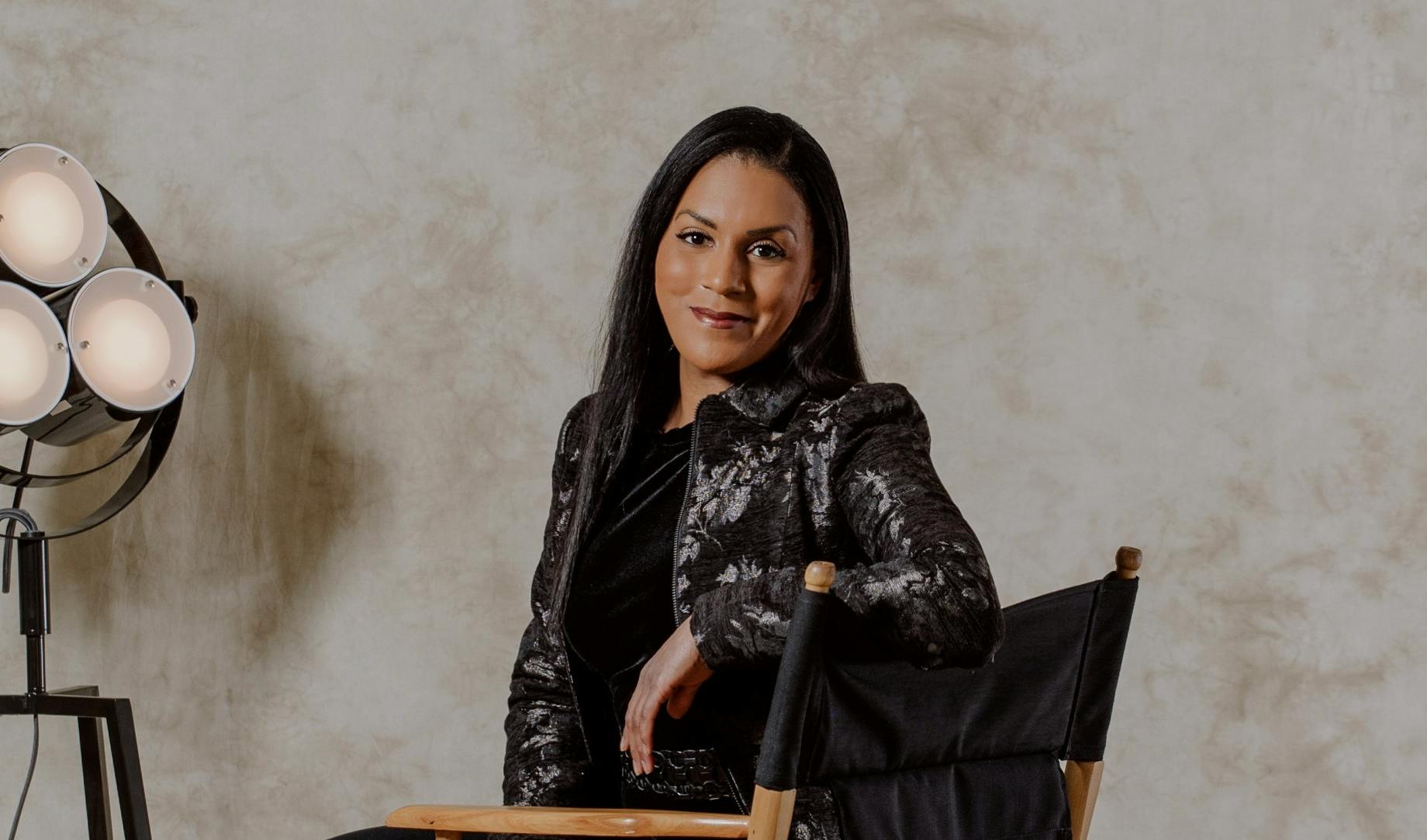
Transitioning to the Boardroom as an Entrepreneur | Photobox Founder and Board-Level Advisor Graham Hobson

Graham Hobson
Graham Hobson is a technologist and entrepreneur who has made a career out of scaling startups and driving innovation. Since founding the photo printing and personalisation website Photobox.com in 2000 and successfully exiting the company in a £400m deal in 2016, Graham has worked with several tech industry startups in advisory and CTO roles. Now Graham operates as a board advisor, using his strategic and technical expertise to guide board-level decision-making.
🎙️ You can listen to the full podcast interview with Graham on Spotify and Apple Podcasts
This episode of Enter the Boardroom with Nurole tackles pressing board-level challenges such as:
- Overcoming the challenges of working alongside investor directors to achieve company success without alienating financial backers.
- Avoiding major business setbacks by eliminating group-think in the boardroom.
- Finding the perfect source of funding for accelerating growth
How would you explain the core function of a board to an inexperienced founder/CEO?
First of all, there’s a fiduciary duty – the board is there to make sure the company is well-run, is law-abiding and is acting in the interests of the shareholders or all stakeholders. You need someone there to measure those things and to check that a company is being run in accordance with the principles it was established under.
As an independent director do you think that you bring a different sort of value to investor directors? How can independent and investment directors cooperate to drive results?
I think that perspective is really important. It’s important to understand how stressful it is to be on the executive side of things, particularly with startups. So it’s important that board members give due consideration to that level of difficulty, and that is where independent directors can add a unique value.
But the other thing to consider is that it is not a zero-sum game. I think the reason I have seen animosity towards investor directors is that often you may not actually see the investor but, rather, an observer on behalf of the investor who has been sent in to ‘be the bad guy’ and lay the line down with hard questions. And it feels like sometimes, at least from the executive’s perspective, the investor director is only interested in their investment.
I’ve learned that the best way to help a company to succeed for everyone involved is to be in it together. If one person around the table is trying to secure a particular advantage that serves only their own needs, it’s very difficult to continue to run the company. There has to be a recognition that if we support the executive team and allow them to do their best work, everybody succeeds.
And what are the characteristics of some of the more cooperative boards you’ve worked on?
I think the two most important value points that any board member can add to make a board more cooperative are engagement and insights. I wouldn’t say it’s common, but it’s a problem to have board members who are not engaged or who turn up for the board meeting half-listening or who haven’t read the board packs beforehand. You don’t want them to run your company, but board members need to be switched on and invested in the issues to try and develop a good understanding of their companies.
Likewise, it’s all well and good to have people around the table and engaged, but if they don’t offer any insight on experiences in their past or contacts they can reach out to or potential solutions to a problem, then what value are they?
Flipping the question, what are the qualities of some of the more dysfunctional boards you’ve worked on?
Early on in my Photobox journey, we had a client who effectively sold a white-labelled version of our print service through a camera retailer. Because they were bringing us a lot of new business and were also growing, we thought it would be fun and insightful to swap non-executive directors.
So, I became a non-executive on their board and their CEO became a non-executive on our board. I would go up to Leeds every six weeks for board meetings and would read the board pack on the train there, but a lot of their financials didn’t make sense to me. Their numbers seemed to be going in the wrong direction with falling average order value, growing staff numbers, decreasing margins and, in some cases, selling at a loss.
I raised this a couple of times and I was basically given a good answer for everything, but it didn’t change the fact that the numbers looked quite bleak. About three or four months later, I realised that, just by looking at the balance sheet and the trading numbers, the company was basically insolvent. I went to the board meeting and said this and they agreed.
I think my lesson from that was that, in my naivete, I was happy to be handwaved by them. I should have made my point far more forcefully. So I think that’s one form of deficiency that often appears on dysfunctional boards, where they end up with this group-think mentality. Boards should not just be there to rubber-stamp what is assumed to be a well-functioning executive team – sometimes they have to step in when things go horribly wrong and recognise the signals when that happens.
What advice would you offer boards looking to secure fundraising?
I suppose there is a spectrum of investors. There are good investors and ‘less good’ investors and you have to pick well to raise money from a position of strength, not weakness. It’s important not to leave it to the point where it’s too late – raise money when you have good news and that will provide a food starting point for the next phase of growth.
There will always be ups and downs, and we have had periods where things have not gone well at all, but that’s never a good time to go out and raise funds. So, I think it’s all about timing and making sure you don’t accept money from the first investor that offers it. You need to choose investors with whom you have a good dynamic and a certain level of trust.
Fundraising is a strategic activity. It needs time allocated from the executive team and there’s an opportunity cost involved. You need to plan. You need to talk to the market. You need to go and meet investors. It is not something you do suddenly, but a process built up over time using relationships in the market.
Nurole Insight
Graham’s executive-level experience has given him insight into bridging the divide between executive teams, board members and investor directors. With that insight, he has been able to add value to the boards he sits on through a combination of professional skills, an understanding of social dynamics in and out of the boardroom, and practical experience.
Graham’s journey provides strong examples of why scaling companies need the third-party influence of independent directors to unlock new growth opportunities and provide perspectives that may otherwise be overlooked or lost due to hyperfocus and group-think.
🎙️ You can listen to the podcast Enter the Boardroom on Spotify and Apple Podcasts to stay up-to-date on the latest in board-level expertise.
Let's finish with a few quick fire questions...
One book every board member should read?
Shoe Dog: A Memoir by the Creator of NIKE by Phil Knight
Favourite quote?
“What doesn’t kill you makes you stronger.” - Frederich Nietzsche
Favourite place to eat?
I don’t have one, but I love Asian food
Favourite holiday?
Tokyo, Japan
Favourite app?
Whatever I need to get through the day
If you are looking for senior executive and non-executive director roles, Nurole's innovative recruitment platform can help.






